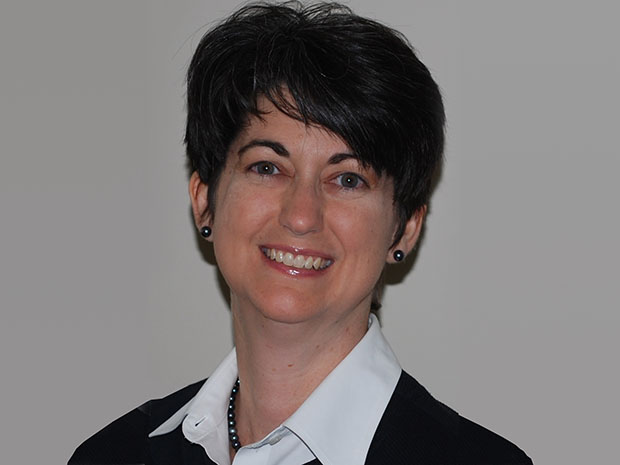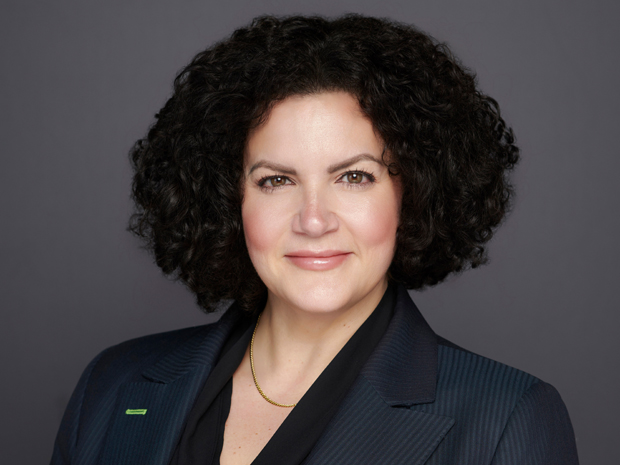On Sept. 16, 2025, final regulations were published implementing the new catch-up contribution rules enacted as part of the SECURE 2.0 Act of 2022 (SECURE 2.0). The regulations also address the enhanced catch-up for plan participants ages 60-63 (so-called ‘super catch-up’) and other contribution and catch-up rules for SIMPLE IRA plans.
The final regulations finalize many of the provisions in the proposed regulations without change but do make certain changes to provide additional administrative flexibility and clarifications for employers. For more complete details on the regulations, see our article on these proposed regulations and the proposed regulations addressing automatic enrollment requirements.
SECURE 2.0 provides that the Roth catch-up requirement applies to contributions beginning in 2024, but the IRS provided an administrative delay for two years, meaning that most employers are required to implement the mandatory Roth catch-up requirements beginning Jan. 1, 2026. Collectively bargained plans and governmental plans have even later applicability dates, the earliest being 2027.
Employers are not required to apply the final regulations until 2027. The regulations provide that plans may elect to apply certain provisions (e.g., super catch-up and increased limits for SIMPLE IRA plans) as early as the statutory effective dates. For the years before the applicability date of the final regulations, a reasonable, good-faith interpretation of the statute is permitted to be applied.
Background
Qualified retirement plans are permitted to allow catch-up eligible participants (typically those who have reached age 50) to make additional elective deferrals, referred to as catch-up contributions. SECURE 2.0 made changes to the catch-up contribution requirements in the Internal Revenue Code (Code) for certain catch-up eligible participants as follows:
- Roth Catch-up: Catch-up eligible participants whose Federal Insurance Contributions Act (FICA) wages from the sponsoring employer exceed a certain threshold in the prior year (the prior year FICA wage earnings threshold), which is subject to indexing annually, must make all catch-up contributions as designated Roth contributions. For 2026, the prior year FICA wage earnings threshold is $150,000. If any participant is subject to the Roth catch-up requirement, the plan must allow all catch-up eligible participants to make catch-up contributions as Roth contributions.
- Enhanced catch-up: Beginning in 2025, participants who attain age 60, 61, 62 or 63 during the year may defer up to 150% of the regular catch-up limit in effect for 2024. For 2025, this is $11,250 for plans and $5,250 for SIMPLE IRA plans (indexed).
- SIMPLE catch-up: Provides for a 10% increase to the regular deferral and catch-up limits for SIMPLE IRA plans offered by certain employers with 25 or fewer employees. This amount cannot be combined with the enhanced catch-up for participants aged 60-63.
The final regulations implement these new rules.
Final regulations
While the final regulations generally follow the proposed regulations, the following changes were made in response to comments received on the proposed regulations.
Roth catch-up
- With respect to determining whether a participant exceeds the prior year FICA wage earnings threshold ($150,000 for 2026), the final regulations adopt an optional aggregation rule for wages from separate employers in a controlled group. The wage threshold is determined using Social Security (Box 3 of Form W-2) wages. This clarification will make it easier for employers to identify early in the year which employees are over the prior year FICA wage earnings threshold and thus will be subject to the Roth catch-up requirement.
- If a participant is required to make Roth catch-ups and they reach the normal deferral limit, catch-ups will be deemed to be Roth. The deemed election must cease within a reasonable period if the participant is later found not to be subject to the Roth requirement (for example, if the individual’s wages are not over the prior year FICA wage earnings threshold).
- Rather than requiring a uniform correction method for erroneous pre-tax catch-up contributions for ‘similarly situated’ participants, the final rules now provide for two different correction methods. The final rules also provide a $250 de minimis rule under which erroneous pre-tax contributions do not need to be corrected.
- The Roth catch-up requirement does not apply to the special 403(b) catch-up for certain long-term employees. Those contributions are treated first as special 403(b) catch-up, then as age 50+ catch-up contributions. For governmental 457(b) plans, the Roth requirement applies only to the extent catch-up contributions exceed the regular 457(b) limit.
- Plans that do not have a Roth feature are not required to add this feature; however, in that case, participants who were above the FICA wage threshold in the prior year cannot make catch-up contributions. Employers that offer catch-up contributions but not a Roth feature under their plan should consider the impact on employees if they choose not to add the Roth feature and thus take away the right of certain employees to make catch-up contributions.
- Nondiscrimination testing safe harbors are provided for plans that exclude certain highly compensated employees from catch-up contributions. Plans may offer different catch-up limits to different groups (e.g., higher limits for ages 60–63) without violating universal availability.
Enhanced catch-up and SIMPLE catch-up
- A plan’s reference to the catch-up limit in its terms must be clear as to whether it includes the higher limit for ages 60–63, ensuring plan operation matches plan terms.
- Participants eligible for both the special 403(b) catch-up and the increased catch-up may use both in the same year.
- For SIMPLE plans, the final regulations clarified that the SIMPLE plan catch-up contribution increase and the age 60-63 catch-up contribution increase cannot be combined in the same year for the same participant, but a plan may provide the higher of the two if both would otherwise apply.
- The universal availability requirement is not violated if only those attaining age 60–63 are offered the higher limit, as long as all participants can make the maximum catch-up permitted for them under the law.





